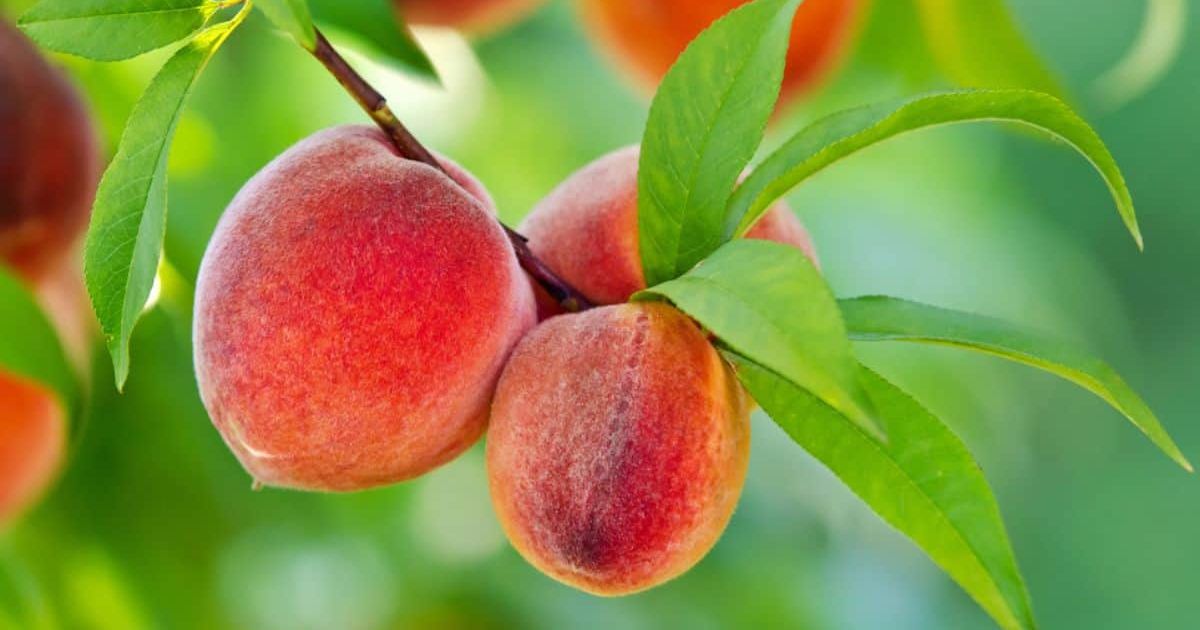Peach lovers know that when the days grow longer and warmer, juicy, ripe peaches will soon be ready. If you’re close to a farm, you’ve got the inside scoop on the freshest peaches around. If you’re buying from a grocery store or farmer’s market, however, you need to approach the task differently to come away with the best peaches every time.
Knowing what to look for will ensure you choose ripe, flavorful peaches rather than disappointing, overripe or green peaches. From the farmers market to your kitchen counter, this guide will equip you with the knowledge to pick the perfect peach and make the most of its fleeting season. Differences in peach varieties The first thing to decide is what type of peach you want.

With more than 300 varieties of peaches grown in the U.S., there are many choices.
To narrow it down, consider whether you prefer freestone or clingstone and what your intended purpose is – will you slice the peach and eat it as is, or will you use it for cooking? Clingstone vs. freestone peaches Like plums and apricots, peaches are stone fruits, which means they have a thin outer skin and a large pit in the center. One way to distinguish between peach varieties is by how easily the flesh separates from the pit.
Clingstone peaches are the ones that will leave you with sweet nectar dribbling down your chin. The flesh on these peaches clings to the pit and can be more cumbersome to remove, but they are softer, sweeter and juicier than their freestone cousins. C.























